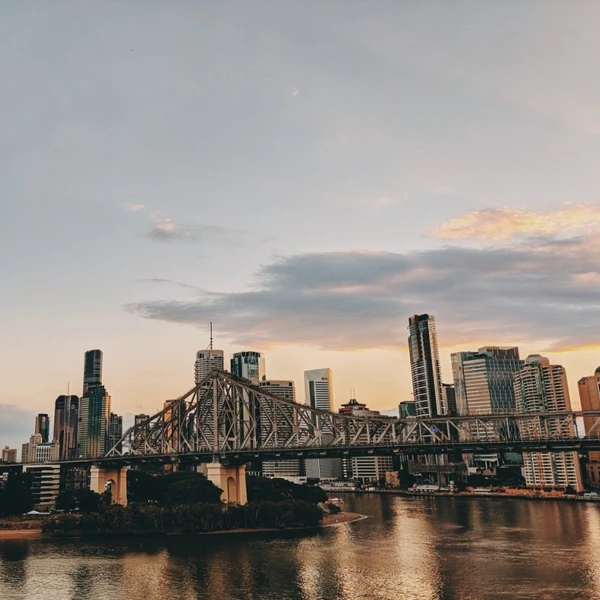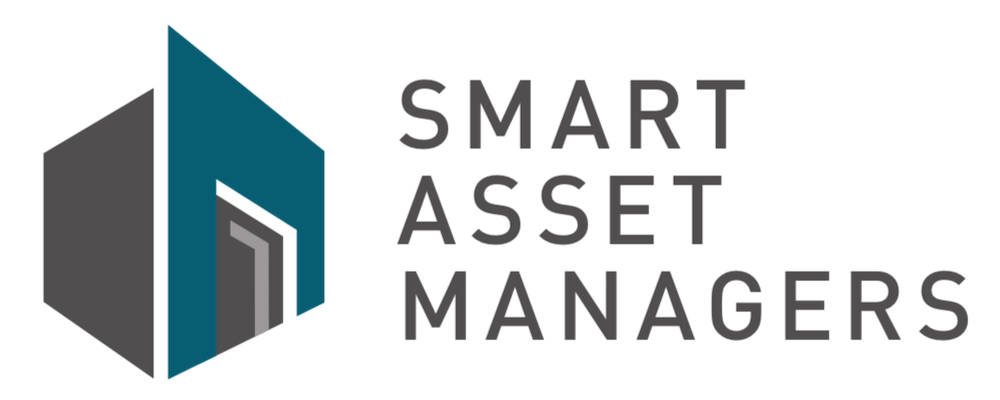In a challenging retail environment it helps to have a great team on your side
Smart Asset Managers helps retail property owners with…
- Administration Management – keeping track of income & expenses, producing annual outgoings budgets and capex projections
- Rent Arrears – ensuring all rent arrears are promptly addressed
- Lease Management – making sure your property continues to have tenant/s, rent invoicing and receipting, handling rent reviews and proactively handling any disputes that arise
- Facilities Management – looking after building operations & maintenance, ensuring workplace health & safety meets required standards, disaster planning/recovery
- Upgrade Project Management – where a commercial property requires refurbishing or repositioning (including for example social media promotion, LED signage, property presentation)

Contact us about the Management of your Retail Property in Brisbane
Greater Brisbane Summary
With a population of 2.5 million*, Brisbane is the third largest city in Australia and ranks highly in various indices of ‘liveable cities’ around the world. The Brisbane local government area – Brisbane City Council – is the largest city council in Australia, both by population and area. It covers an area of 1,338km2. Brisbane City Council was formed in 1924 and the following year twenty separate local councils were merged into the one local government authority.
In 1823 Sir Thomas Brisbane (then Governor of NSW) ordered the development of a penal colony initially sited in what is now Redcliffe, north of Brisbane. This was later relocated to North Quay on the river that was later named the Brisbane river, from which the city of course gets its name. North Quay is today in the Brisbane CBD.
In the CBD itself the pedestrianised Queen Street Mall is the most prominent retail area, with several large shopping precincts such as the Myer Centre and the Wintergarden either on Queen Street or close by. Outside the CBD, there are a number of inner city retail hubs, for example West End, Fortitude Valley (centred around James Street) and South Brisbane. There are also a number of large retail centres in the suburbs, including Westfield shopping centres in Chermside, Carindale and Garden City, as well as Direct Factory Outlet shopping centres at Skygate (near Brisbane airport) and Jindalee.
*this figure is based on the Australian Bureau of Statistics classification of Greater Brisbane as a ‘Greater Capital City Statistical Area’, which also includes Ipswich, Moreton Bay Region, Logan City and Redland City, in addition to parts of the Lockyer Valley, the Scenic Rim and the Somerset region, as these all form part of the same contiguous metropolitan area. The population of Brisbane City on its own is 1.13 million
Greater Brisbane Fast Facts
- Population – 15,850
- Private Dwellings – 7,260
- Families – 4,523
- Average People/Household – 2.3
- Median Weekly Household Income – $1,430
- Median Monthly Mortgage Repayment – $2,000
- Median Weekly Rent – $400
- Average Motor Vehicles/Dwelling – 1.8
- Median Age – 51
- Participation in labour force – 7,316
Data is drawn from: ABS 2021 Census
- Population (2016) 2,270,800
- Private Dwellings (2016) 901,797
- Average People/Household (2016) 2.7
- Median Monthly Household Income (2016) $6,763
- Median Monthly Mortgage Repayment (2016) $1,861
- Average Motor Vehicles/Dwelling (2016) 1.8
- Median Age 35 (2016) – three years younger than national average
- Primary Schools – too numerous to mention!
All data in this section relates to the Greater Capital City Statistical Area.

